SQL Server I/O Basics Chapter #2
SQL Server According to Bob
JANUARY 11, 2020
Microsoft, Windows, Windows NT, and Windows Server are registered trademarks of Microsoft Corporation in the United States and/or other countries. The names of actual companies and products mentioned herein may be the trademarks of their respective owners.




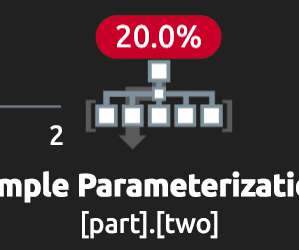
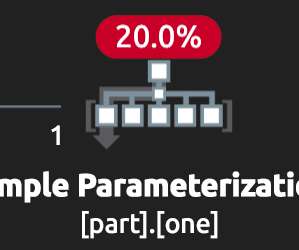
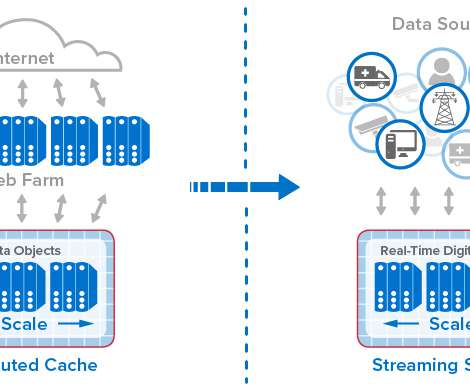
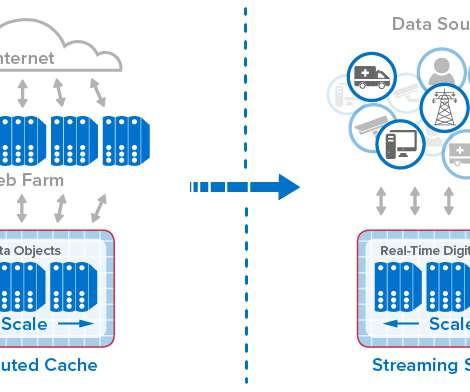
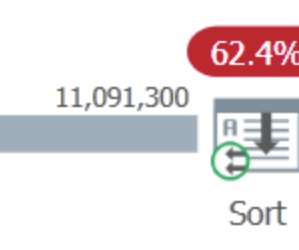



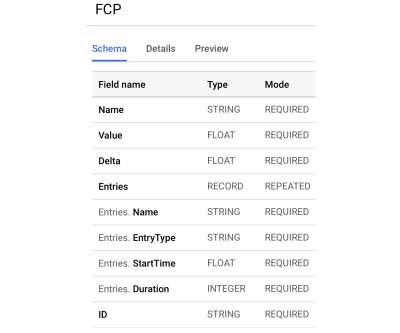








Let's personalize your content